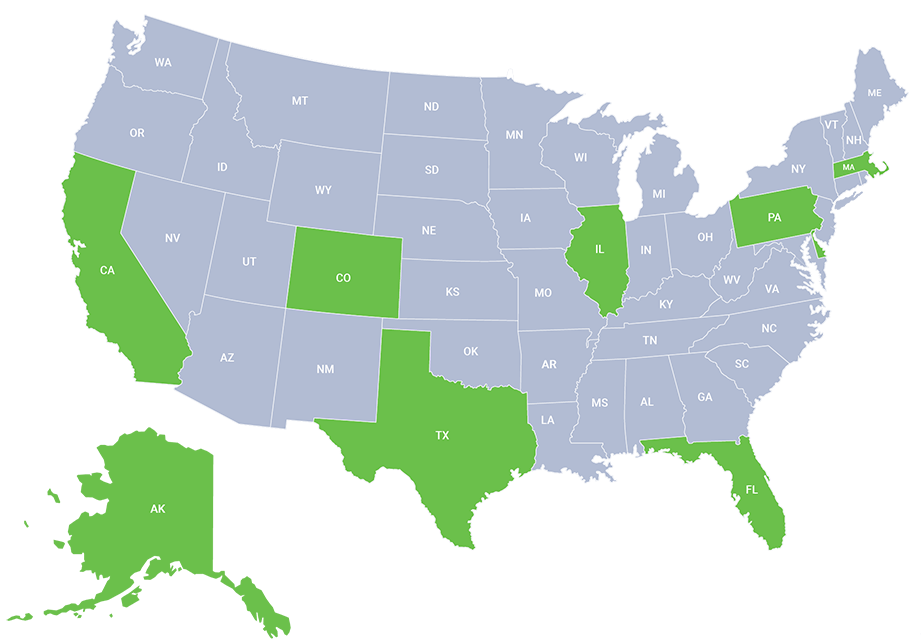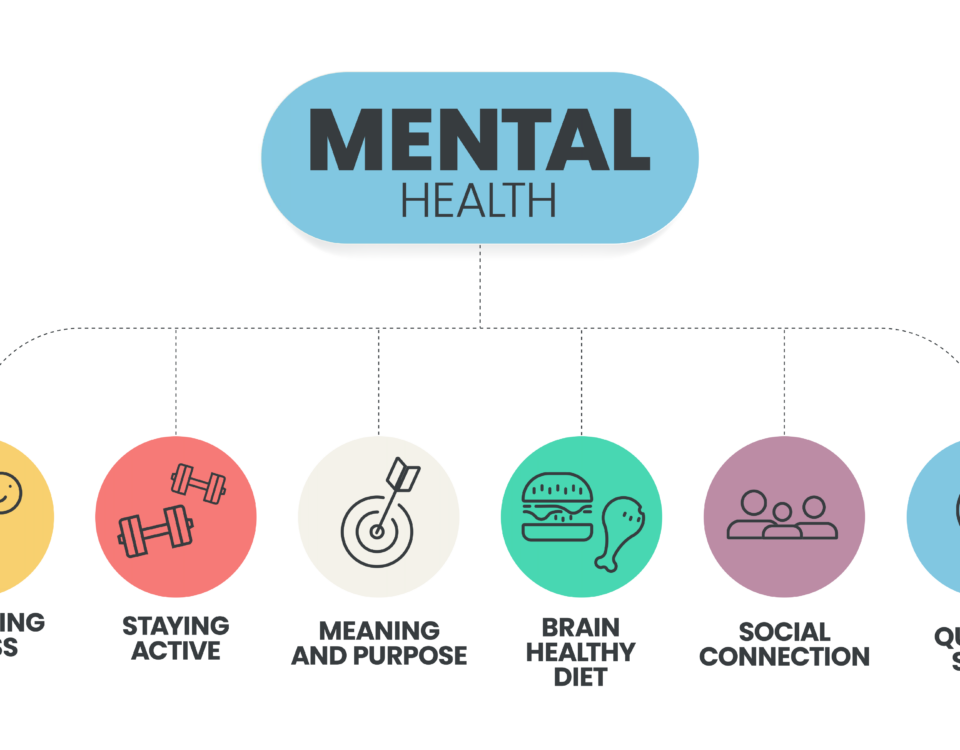Alcohol withdrawal delirium (AWD) is the most serious form of alcohol withdrawal.
It occurs in people who have quit drinking alcohol after a long period of alcohol abuse or consistent consumption. Without the help of a detox program, this condition can cause permanent health problems and even death. The stages of alcohol withdrawal delirium can vary in severity. Our addiction treatment center in Philadelphia strongly advises against detoxing at home.
Causes of Alcohol Withdrawal Delirium
When a person suddenly stops drinking alcohol or taking a drug that they’ve become dependent on, they usually experience something called withdrawal. As the name suggests, alcohol withdrawal delirium is a result of quitting alcohol. AWD only affects people who have a history of binge drinking or alcohol abuse. The main causes of alcohol withdrawal delirium include:
- Quitting alcohol suddenly
- Not eating enough when reducing alcohol consumption
- Reducing alcohol use too quickly
- Struggling with an illness or infection while quitting alcohol
Alcohol directly affects the central nervous system and disrupts proper brain function. Consistent binge drinking causes physical and mental dependency that can be difficult to manage without help. When this occurs, quitting alcohol can become nearly impossible without proper treatment. At Banyan Treatment Centers Philadelphia, we offer alcohol addiction treatment that can help people with a drinking problem get the help they need.
Questions about our Facilities or Programs?
Our admissions coordinators are available 24/7 to answer any questions you may have as you consider whether treatment at Banyan is right for you or your loved one.
Symptoms of Alcohol-Related Withdrawal Delirium
Every substance causes its own unique set of symptoms. These symptoms may vary in severity depending on the duration of the person’s addiction, whether they’ve used other substances, whether they have any additional health conditions, and so on. When it comes to alcohol withdrawal delirium symptoms, the most common include:
- Agitation
- Anxiety
- Paranoia
- Delirium (intensely disturbed state of mind)
- Hallucinations (seeing, hearing, or feeling things that aren’t there)
- Delusions (believing irrational things that aren’t true)
- Twitching or tremors
- Mood swings
- Headache
- Sensitivity to light or sound
- Fatigue
- Fever
- Nightmares
- Seizures
What Are the Stages of Alcohol Withdrawal Delirium?
The alcohol withdrawal delirium timeline can begin as early as two hours after the person’s last drink. Of course, this sensitivity depends on the severity of the person’s addiction. Usually, the AWD timeline begins anywhere between six hours and a day after the person’s last alcoholic drink. Alcohol withdrawal delirium can then be broken down into four stages.
Stage 1
The first stage of AWD usually occurs between 6 and 12 hours after the person’s last drink. A person in this stage may experience symptoms like:
- Anxiety
- Insomnia
- Nausea
- Sweating
- Headache
- Lack of appetite
Stage 2
After 12 to 24 hours after the person’s last drink, they may experience hallucinations like:
- Physical or tactile hallucinations that make them feel like their skin is itchy or burning, which can lead to intense scratching
- Auditory hallucinations that make the person hear things that don’t exist
- Visual hallucinations, which cause the person to see things that aren’t there
These hallucinations begin to occur because the person’s brain is trying to adjust to the lack of alcohol. An overactive mind is not uncommon during this phase of AWD, but hallucinations rarely last for more than two days.
Stage 3
The third stage of alcohol withdrawal delirium occurs between 24 to 48 hours after the person’s last alcoholic drink and tends to be the most dangerous. Alcoholics in this stage usually experience seizures. If alone or lacking medical attention, the individual can severely injure themselves during a seizure or die from it.
Stage 4
So how long does delirium last after alcohol withdrawal? The last stage of AWD occurs between two and three days after the person last drank alcohol. The symptoms mentioned previously usually peak during the final stage of alcohol withdrawal delirium and delirium may begin to subside after the fifth or sixth day.
Getting into treatment is easy with our free insurance verification
"*" indicates required fields
Without an addiction treatment program, an alcoholic may struggle with alcohol withdrawal delirium and a variety of other conditions as there are connections between alcohol abuse and Crohn’s disease, liver disease, alcoholic cardiomyopathy, Wernicke-Korsakoff syndrome, and more. If you or a loved one is struggling with a drinking problem, get help now.Call Banyan Philadelphia today at 888-280-4763 to learn how we can make sobriety a reality.








